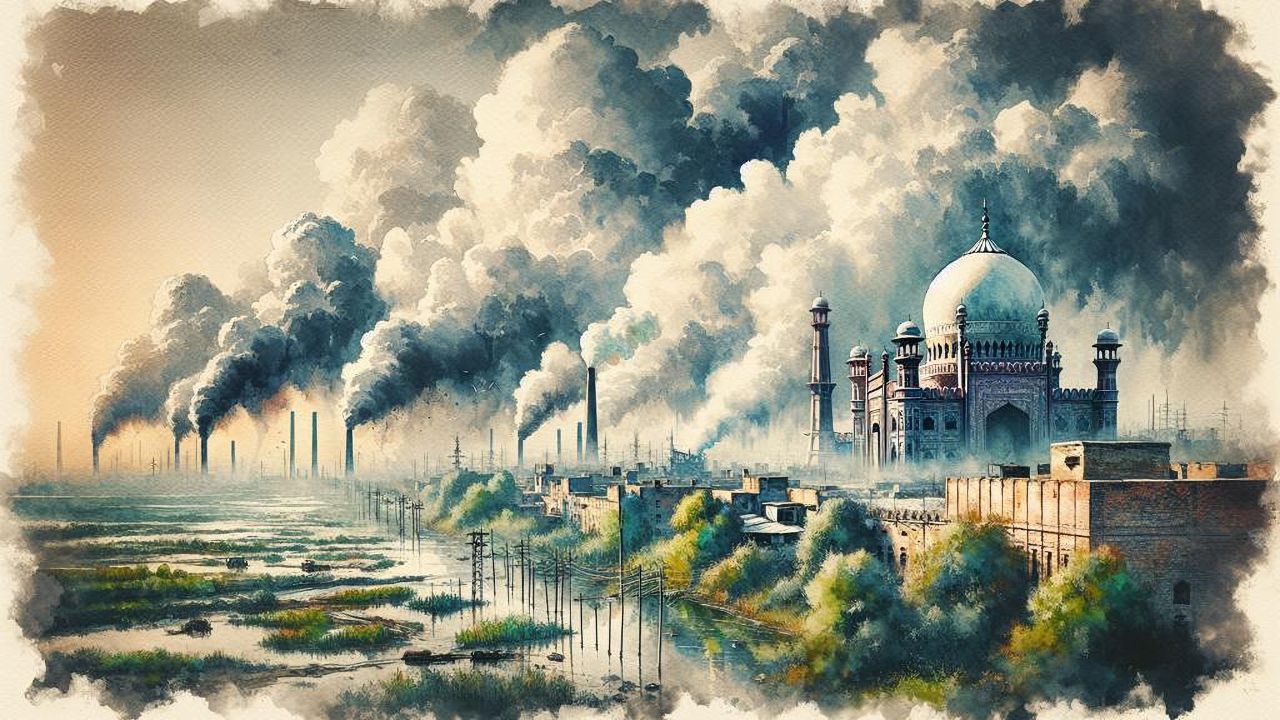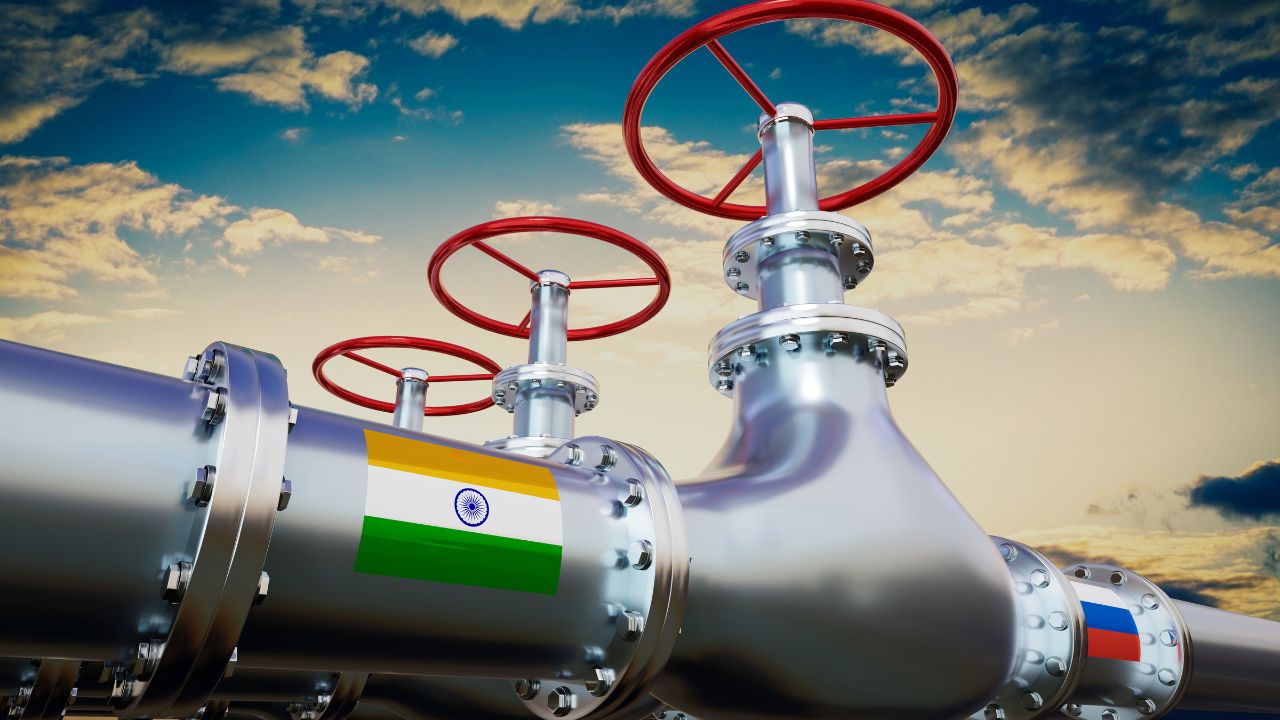
Moving Houses
Read More
Sanity Break
Is there a more apt painting that sums up these Omicron times than Rene Magritte’s ‘The Lovers’? We think not.

Headlines that matter
Check out this edition for the most important stories from around the world today!

Smart & Curious
Here’s a list of curious facts to pique your interest and wonder at our weird, wacky world.

Feel Good Place
Need an immediate pick-me-up? We have you covered! From hilarious animal clips to stuff that’ll make you go “lol why?!”, we have all you need to keep you sane on even your worst hair day.






